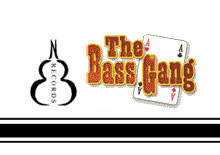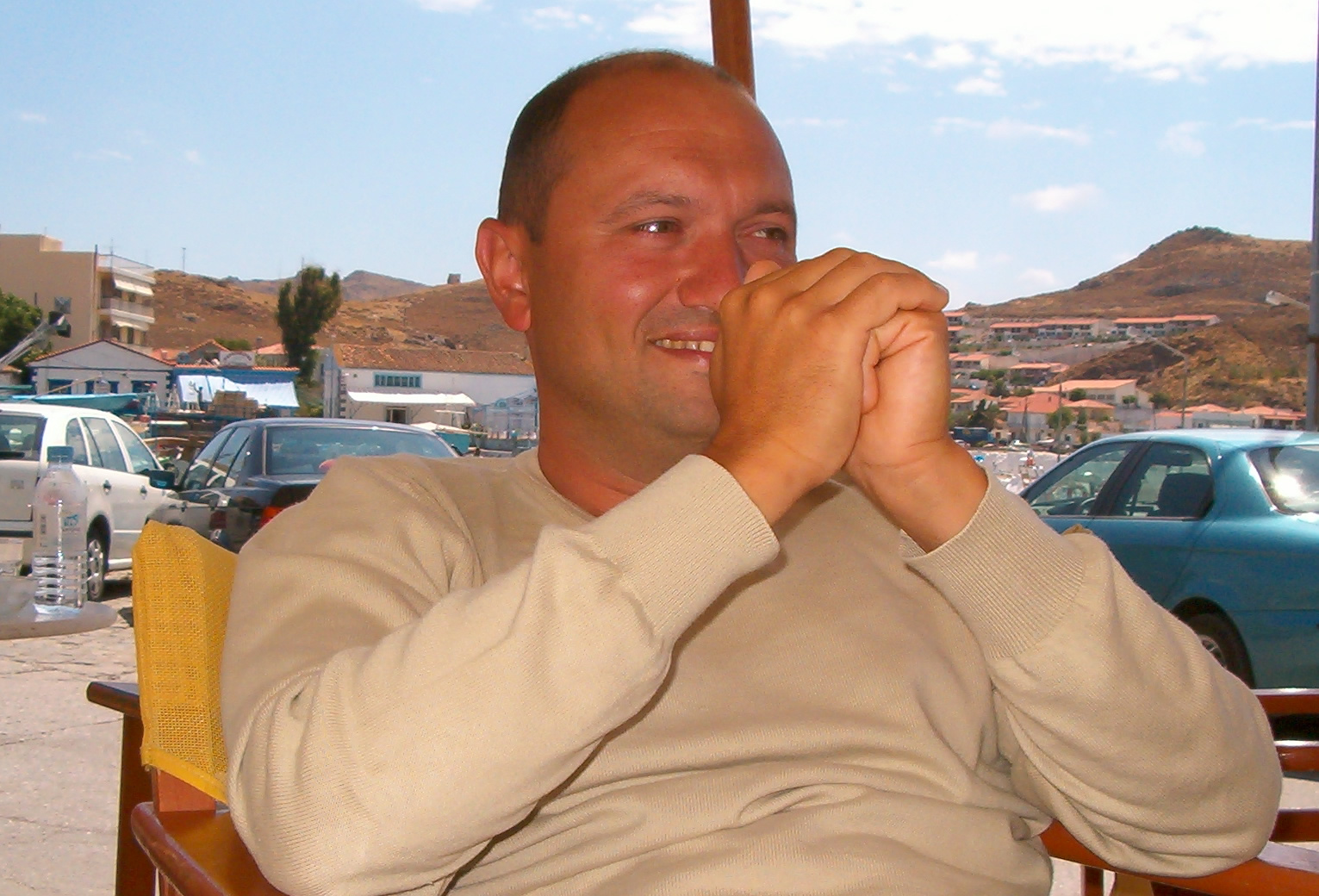Nuovi Orizzonti |
||||
|
LearningLearning is principally a process of synthesis. Learning is to deduct, not to add. The beginner uses many non-essential elements, so he looses a lot of energy. For instance we can see the situation of a man who starts to learn to swim. In a first time he will swim in a very chaotic way; he will use many movements that are superfluous, he will use his muscles too much and soon he will become very tired. When he will learn more he will select his movements and the muscles that he will need to use; so he will optimize his effort. (Steinhausen pp. 51-52) ExerciseWith the exercise we can learn new motor schemes. Learning is connected to the cycle of bio-rhythms, so we need to make exercises everyday. Specially, in order that new motor schemes go from a mechanic execution (digital) to an automatic execution (analogical) it is need the daily repetition of them, for minimum 3 weeks. After 3 weeks what we learned is closed in our deep memories and even after long time we can take it and use it. (doc. Flaminio Brunelli, private conversations, 1998-2001). Moreover what we learned will become stronger inside us; so, also in a difficult situation (for instance an examination, when our rational control is weak) we will be able to make a good execution. Science proved that a daily engagement is very important. Pavlov made tests on dogs that prove it. SpeedWhen we have to learn something new, it is important that we play in a very slow time, because we have to control with attention our movements to not make mistakes. (doc. Flaminio Brunelli, private conversations, 1998-2001). This consideration is important for instance in the study of fingering. "Self-perception"You know which sense gives us the capacity to touch the point of our noose with closed eyes? Surely not one of our five senses. We can perceive and memorize movements in the space and balance with a sixth sense that we can call “self-perception”. (doc. Flaminio Brunelli, private conversations, 1998-2001; Steinhausen pp. 139-140; Sacks pp. 69-83, 102-109). When we play a musical instrument this sense is extremely important. This sense, with the sense of hearing, gives to a musician the capacity to play with closed eyes. To use this sense of “self-perception” it is better to make fluid and continuous movements. A good exercise to develop “self-perception” is to play with closed eyes. Every posture is an unpostureMusicians are very interested to the posture. But may be there is not a posture always valid for every instrument. The right hand and the left hand of a double-bass player are always moving up and down, pushing and pulling. How can the rest of the body stay firm? To play double-bass we have to make sequences of continuous movements, with flexible articulations. All the body have to move in order to balance local tensions. The pelvis is very important to balance. (doc. Flaminio Brunelli, private conversations, 1998-2001; Giornale sisni, Luigi Morittu, pp. 9-10). So it is more important to develop the elasticity of our body, than to search a fix posture. We have to perceive that the weight of our body unload itself on the floor, through the foots, and that the system man/double-bass is good balanced. Then we can be free to move our body. We have never to contract a muscle continuously, because this can cause a strong pain. BowThe production of the sound that a player can obtain with bow is the combination of vertical and horizontal elements.
In the moment that we start to play and the string starts to vibrate through the use of the bow, we have the combination of vertical and horizontal elements. Vertical elements and horizontal elements have to be balanced to have a good sound. ImprintingWhen we start to learn something new (a new instrument or simply a new score) it is very important that we take from the beginning correct signals. Everybody knows that if we make mistakes in a first time, when we start to learn a new composition, after it is very difficult to rectify this mistake. We will continue to mistake in the same point many times. Science has proved that the memories of first experiences are the strongest. So, when we have to approach something new, it is important to be very careful and placid to make a good work from the first experience. Bibliography: |
||||
Davide Botto | ||||
Invia un commento a quest'articolo!!! |
||||




 This material is part of a master class made in Fermo (Italy) in 2004 during "Progetto Billé" conference.
This material is part of a master class made in Fermo (Italy) in 2004 during "Progetto Billé" conference.